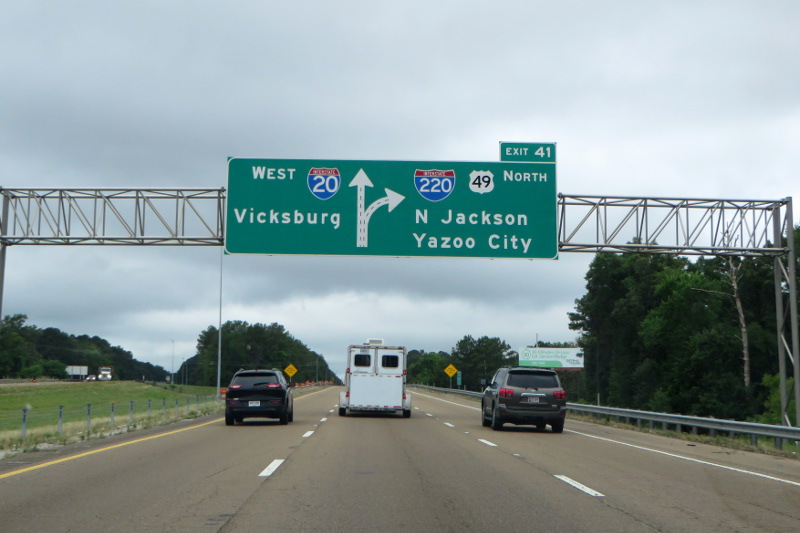The first stop on the Southern U.S. road trip was Vicksburg: once home to just about every European colonial power: the French (Fort St. Peter), the Spanish (Fort Nogales), the English (Walnut Hills), and eventually Americans (who named the area Vicksburg). The city’s location on the Mississippi River makes it an important trade and transportation hub.
First, let’s get the broad Civil War history out of the way. Halfway through the American Civil War (1863), as part of the plan to cut the South in half and render Confederate forces ineffective, it was necessary for Union troops to take the last Confederate controlled section of the Mississippi River at Vicksburg. This was also General Grant’s last chance to recover from his previous failed attempts to capture the city.
Union forces attacked… and Confederate forces defended. It was a long and difficult campaign during which the city was held under siege for 47-days (May 18 – July 4, 1863). Troops from every state flooded the fields around Vicksburg and built trenches and fortified redans.
Eventually, the South ceded, the city surrendered on the 4th of July, and the Union gained control of the Mississippi River, which was a turning point in the war. The people of Vicksburg didn’t take the surrender lightly or the impact it had on the South; and, until recently refused to celebrate Independence Day.
Entire battlefields, fortifications, trenches, etc. are still in Vicksburg and are a part of the Vicksburg National Military Park. It’s a 16-mile drivable venue with plenty to see, do, meander, and explore.
One of the most useful things that you can download BEFORE getting to the park is the Vicksburg Battle App [iTunes / Android], which gives you battle locations and snippets of history as you drive around so there’s no need to wrangle a map while you’re driving.
The Family in the Middle
If the American Civil War teaches us anything, it’s how blurred and confusing the lines were between the two fighting factions. Take the Shirley family as an example: they were a New England family living in the South. On one hand, they were slaveholders and enjoyed the Southern way of life. On the other hand, they were staunch supporters of the Union and Lincoln. Sons fought for the Union and their only daughter was sent away to school to be away from the fighting.
The greyness of their beliefs came to a head during the Siege of Vicksburg when Wexford Lodge (a.k.a the Shirley House), remaining family members, and their slaves found themselves in the middle of the battlefield. And, when part of their house was destroyed by Union shelling and then looted, it was Adeline Shirley’s Boston accent that convinced Union troops to stop. This is the only reason that this house still exists today.
The family, like other civilians, were moved to bomb sheltered caves. Then, as the fighting became intense, they were moved to the forest, and then to live with other Southern families away from the fighting. When Confederate families refused to take them in because of their Union alliances, the family stayed with slaves.
The Shirley House was taken over by Union forces, then used as a smallpox hospital, and eventually abandoned (1864). The family never returned.
The Shirley House as you see it today:
That same view from 1863 during the Siege of Vicksburg; the house became the headquarters for the 45th Illinois Infantry, and in order to save the lives of both civilians and soldiers, the 45th built bomb-proof shelters into the hills.
As mentioned above, the family never returned to the house. But, when the city was in planning/negotiations to build the Vicksburg National Military Park (1899), Alice Shirley offered to donate the house to the park with the condition that it be restored to its original state, and that her parents be buried in the backyard.
I lucked out and was able to see the inside of the Shirley House. It is rarely open except for special events, and because I visited during the “pre-summer season,” staff were there at the house being trained for the summer.
So, as a willing guinea pig, I was able to receive a tour of the house from new staff members. When I passed the house again an hour later, it was once again closed to the public.
